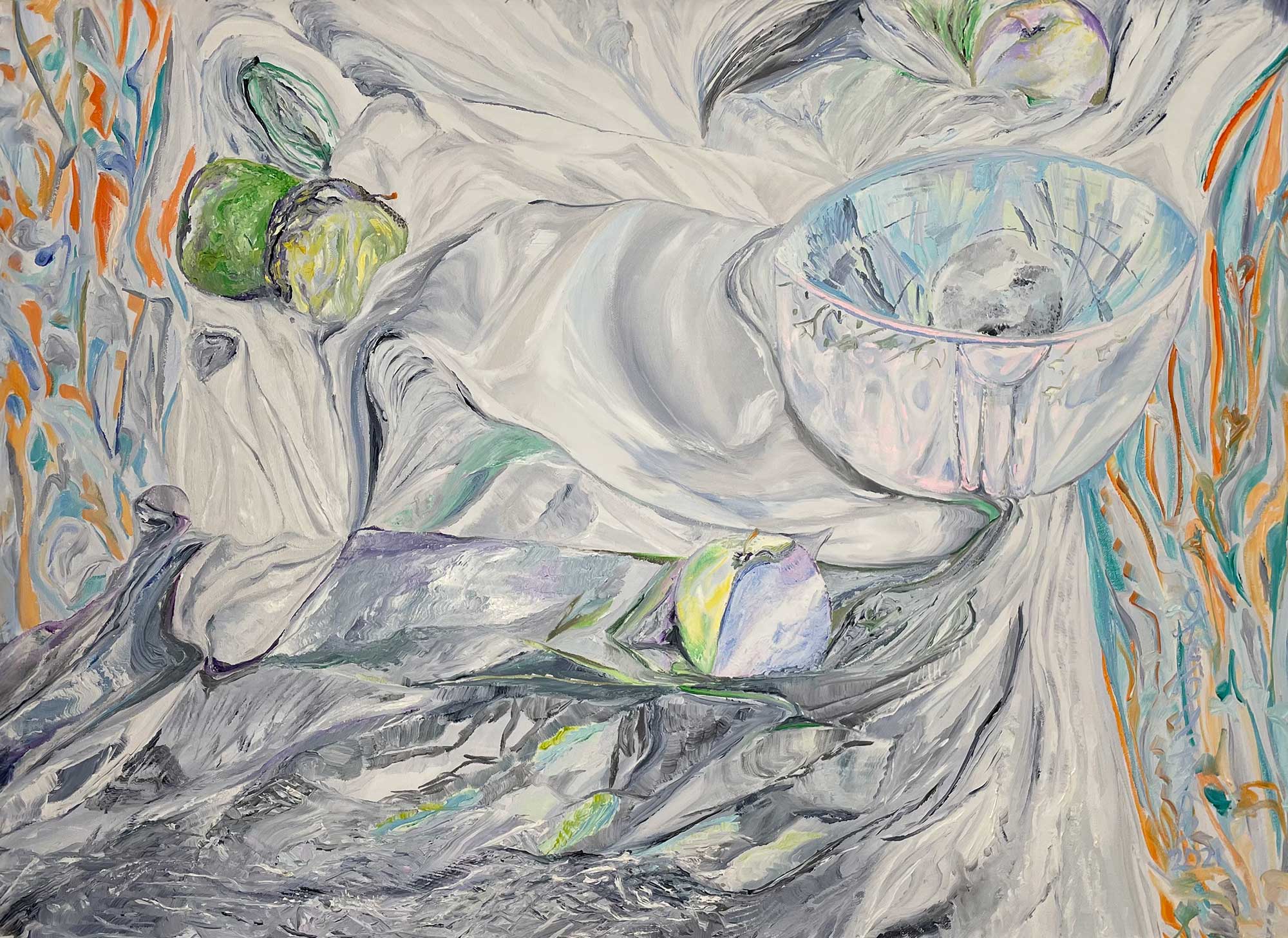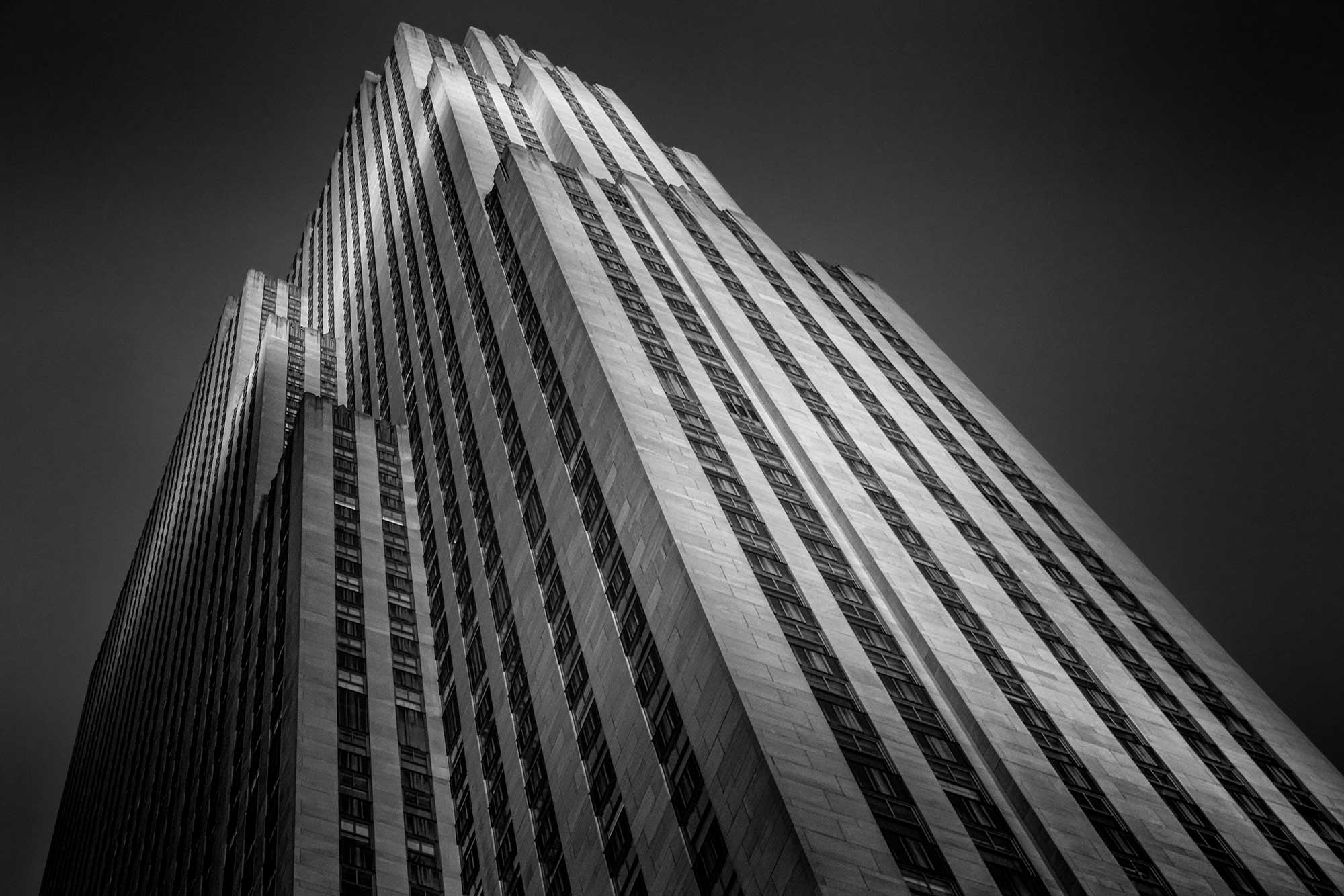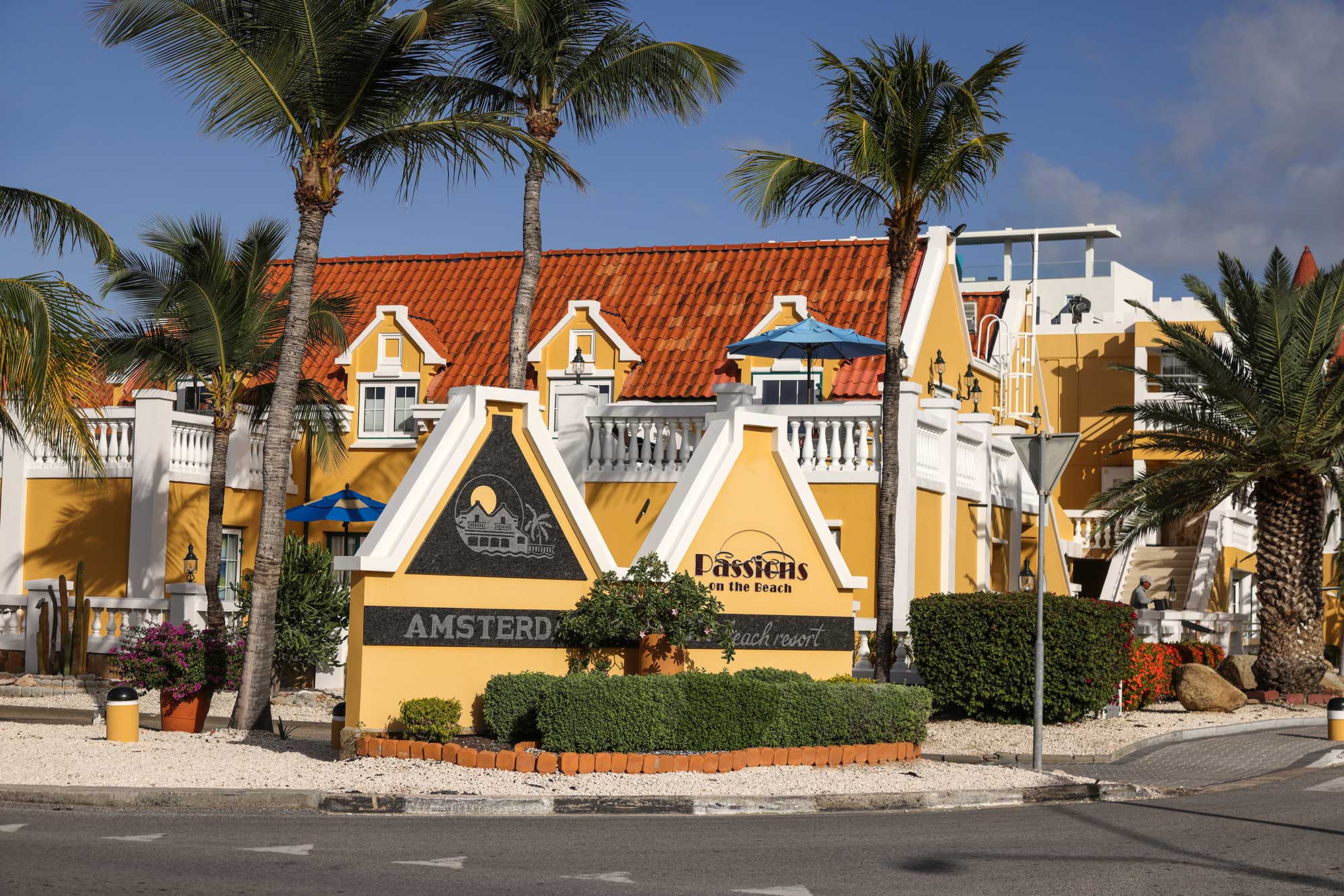A Chicago Artist With A Quiet Vision
Born in the shadow of Pittsburgh, Thompson was raised in Elkhart, Indiana, a typical Midwestern community with little indication it would one day produce a soulful visual artist. But it was his mother—a quiet force in his life—who first saw the spark. When he was just two years old, she handed him a pencil and a pad and urged him to draw. That gentle nudge became a ritual. Drawing became his language, and by the time he was in fourth grade, he knew art was his path.
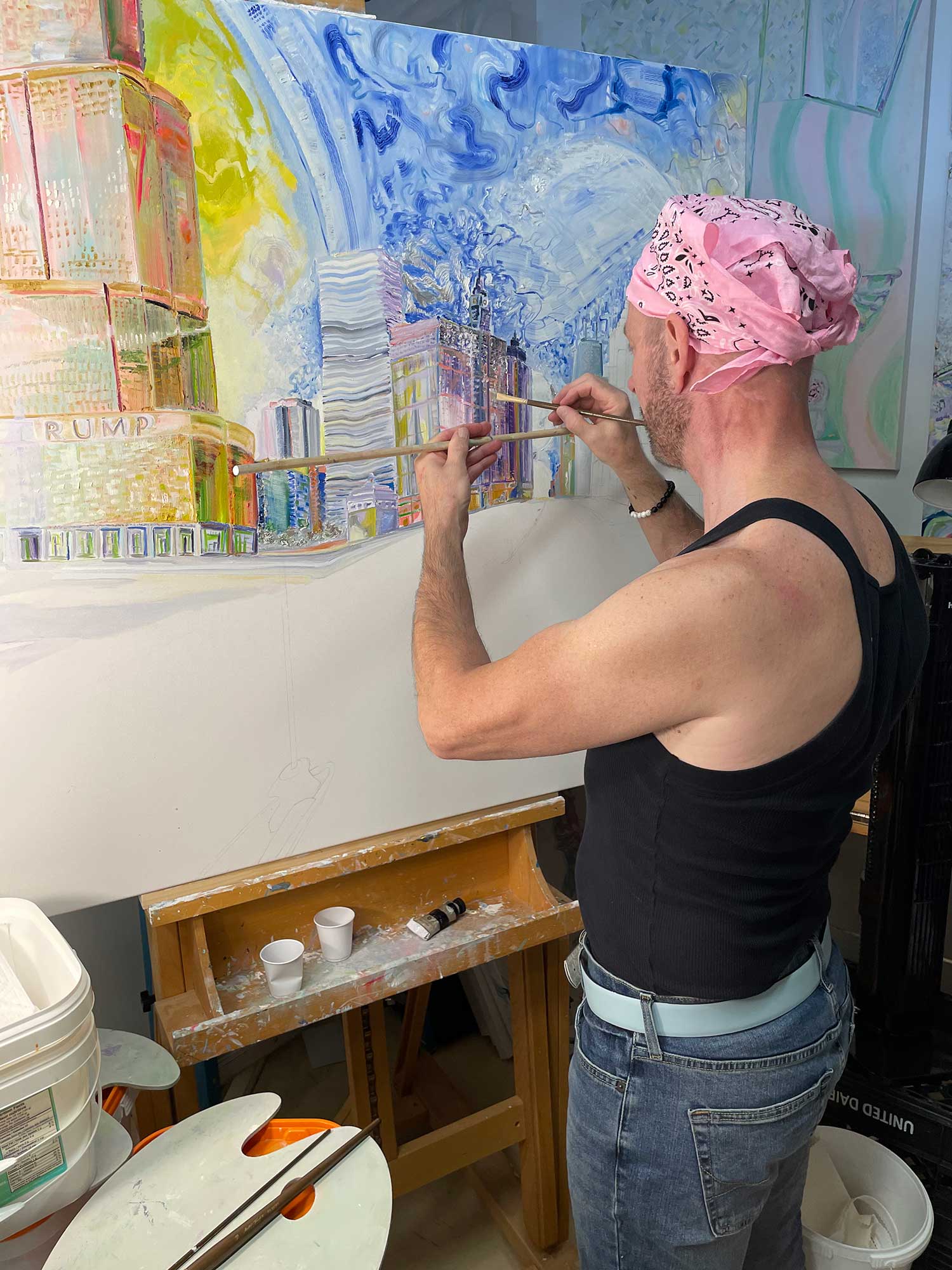
Finding His Voice
Still, the road wasn’t always straight. Thompson drifted in and out of formal training, worked in health facilities, and after a traumatic loss in 1987, stopped painting entirely. Art fell silent.
It was years later before another woman—a former college professor—saw the ember still glowing inside him. She urged him to return to painting. She gave him three months to do drawings of the Indiana landscape. At the end of that stretch, he returned with twelve drawings in hand, and she bought six of them. That moment shifted everything. It wasn’t just about technique; it was about being seen, encouraged, and reminded of who he was.
By the beginning of this decade, Thompson relocated to Chicago to pursue art full-time, settling into a new rhythm of creativity and community at the Bridgeport Art Center. There, in a shared studio surrounded by working artists, he began producing work that felt deeply personal and stylistically his own.
Since arriving in Chicago, Thompson has embraced the city’s creative undercurrents. He remained at the Bridgeport Art Center for approximately two years and has continued to collaborate with other well-known galleries in Chicago.
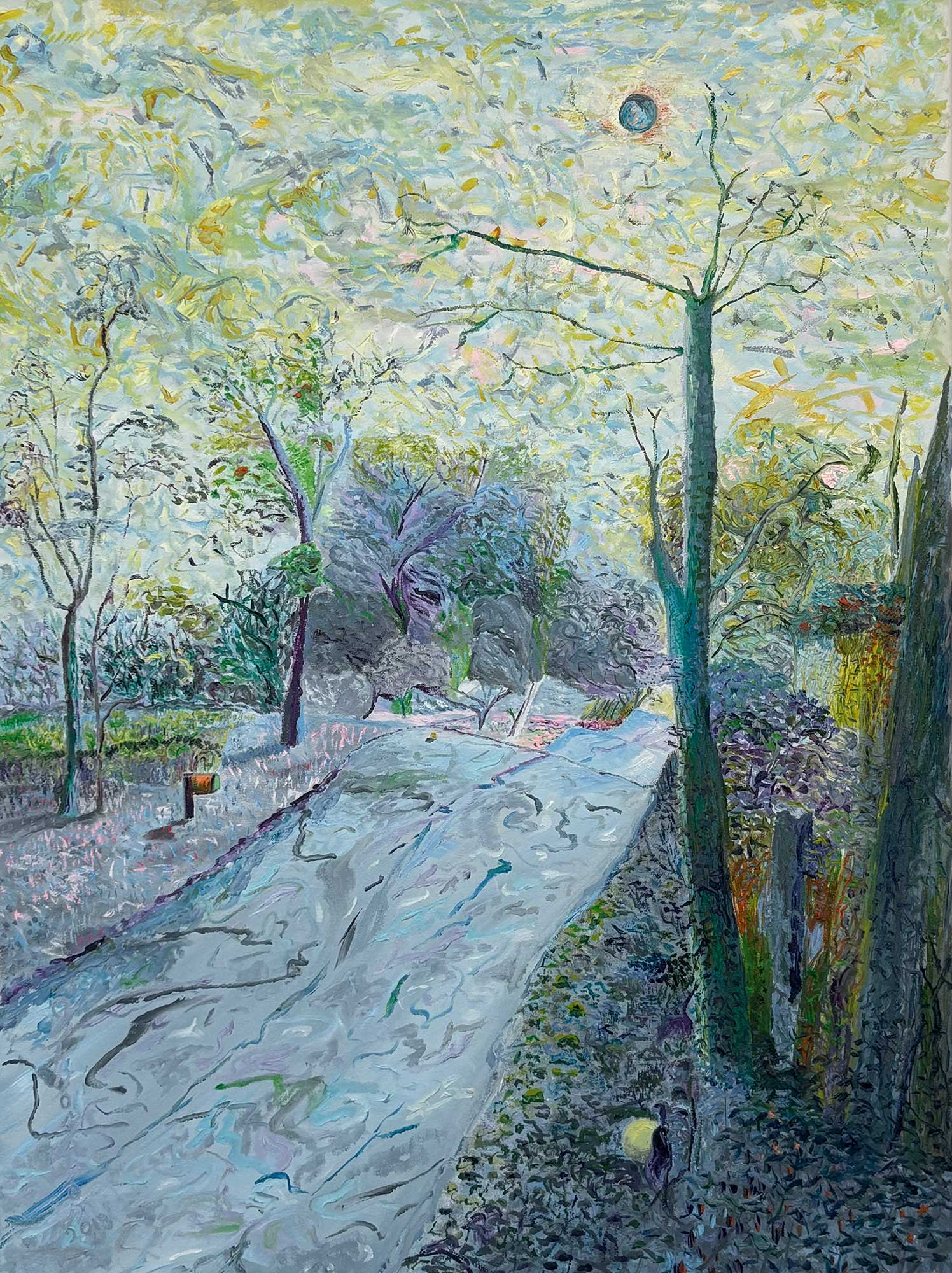
It's Personal
Thompson describes his approach as a fusion of Impressionism and Surrealism, employing layered brushwork to explore the subtleties of light, motion, and emotional memory. There’s something poetic about his canvases—quiet, lyrical, and unforced.
Thompson is drawn to stillness. His subjects include landscapes, solitary human figures, and architectural studies of overlooked corners in Chicago. In his “Chicago: Beyond the Loop” series, he captured vintage Hyde Park and Bronzeville homes—not landmarks, but character-rich buildings with stories baked into their bricks.
Working primarily in mixed media and oil, he favors muted tones—grays, blues, and earthy neutrals—with the occasional pop of a gold leaf or a saturated color. His style leans intuitive, driven more by emotion than realism. What matters is the mood, the memory it stirs. As he puts it, art “records history in our time”—not with spectacle, but with feeling.
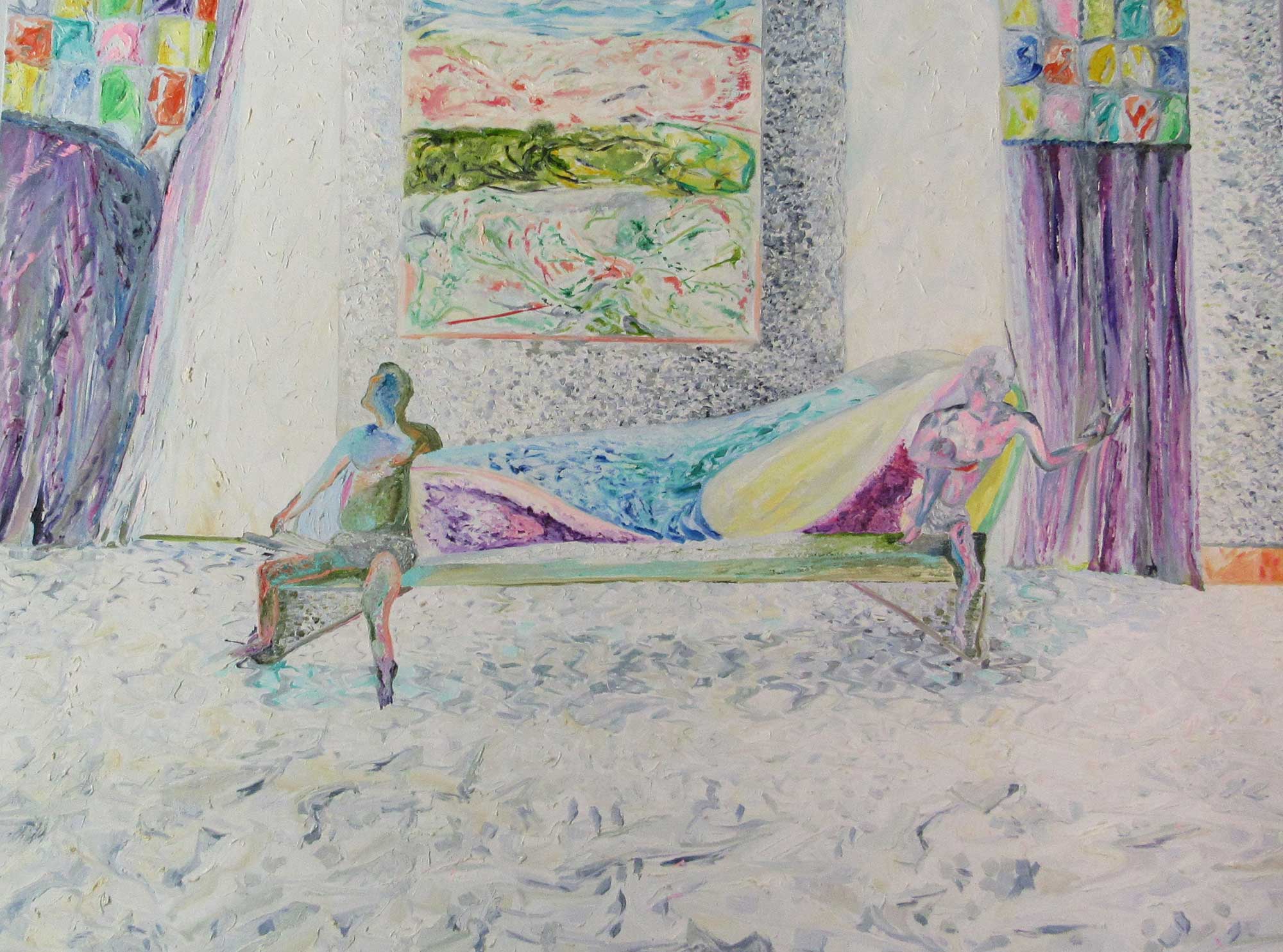
Style & Impact
Step into Thompson’s world, and time slows down. A single doorway, a twisted tree branch, an alley in soft dusk—each becomes a meditation. His brushstrokes are loose but deliberate, his compositions steeped in memory and mood. The effect is immersive, never showy. His art doesn’t seek to impress—it wants to connect. It asks, gently: “What do you recognize here? What do you feel?”
Johnny Thompson’s story is not about instant success. Instead, it’s a mother’s love and faith, a professor’s timely push, and a life that found its way back to art through grief and persistence. There’s something more in the way he’s built his career—not so much with branding, but with brushes and a deep belief. He didn’t burst into the Chicago scene; he slipped in, showed up, and painted. His work reminds us that inspiration is often born in silence, and that encouragement--especially from those who see us before we see ourselves--can be life-altering.
In an art world filled with self-promotion, Johnny’s approach feels rare: humble, steady, and deeply rooted in gratitude.

Johnny Thompson: In His Own Words
In this conversation, we learn more about Thompson. The artist doesn’t chase trends or attention; instead, he’s carved a space for reflection in a noisy world. Whether he’s painting portraits, urban scenes, or abstract forms, his work invites viewers to slow down and look closer.
Do you remember your earliest drawing? Tell our readers how your mother encouraged your creativity.
The earliest drawing was a cereal bowl with two lilac flowers on it. Each time I would make a drawing, my mother would instruct me to redo it. So, it would go on for months before she would accept the drawing. It taught me two lessons: one of rejection and one of persistence, and not to give up.
Was there a single moment or painting that made you feel ready to commit to your art again fully?
Yes. A still life called “Le Bol de la Mère” (“My Mother’s Bowl”). The bowl in the composition was a gift from my late mother in 2019. I felt the presence of my mother, not to give up, to persevere and stay on this path, no matter how many setbacks I’ve had.
You describe your work as a fusion of Impressionism and Surrealism. What draws you to that blend, and how did it develop over time?
It started with a lot of hard work and detail in all my compositions. I use my right hand to paint the details… and I use my left hand to explore the abstract. The impressionism comes from my right hand, and the surrealism comes from my left hand, which allows me to let loose and explore.
You often paint figures in quiet spaces. Is that a reflection of your personality—or something else you’re exploring?
It’s partly my personality, but also about exploring the people I’ve known. The characters of the people I know come out in my compositions.
Do you approach each canvas with a plan—or do you let the work evolve on its own?
I plan a 3-step process. First, in charcoal and pencil, when I’m in the landscape or when I’m with my subject. Two, I take it back to my draft table and do it in color pencil. Lastly, I chose the medium in oil or watercolor. This process happened because of working two or three jobs.
How do you know when the painting is completed?
It’s no different than the ending of a conversation. The simple fact is I have nothing more to say in the composition – the painting is finished. I am not like other artists who rework their paintings.
What’s next? Are there any projects or themes you’re excited to explore in the coming year?
Yes. I am working on three projects: one is on people I’ve known. The second is landscapes and still life of the Chicago area and Europe. The third is a contemporary experimentation in expressing my emotions in light, form, and color.



